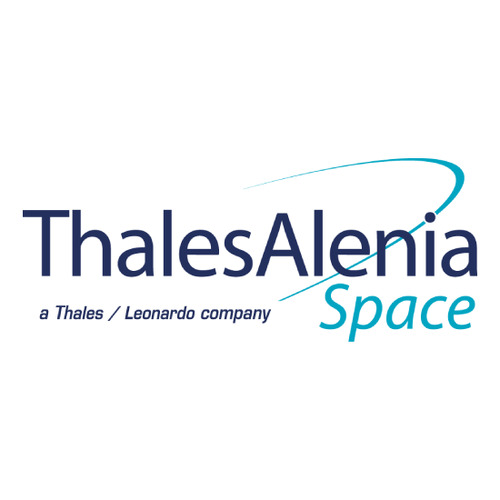The film "Immersive Space Journey" was conceived as a veritable trip into space, taking us from Earth to Mars. Welcome onboard a brand-new experience, an immersive journey on the Stairway to Space, step after step.
A gigantic observatory in the middle of the desert
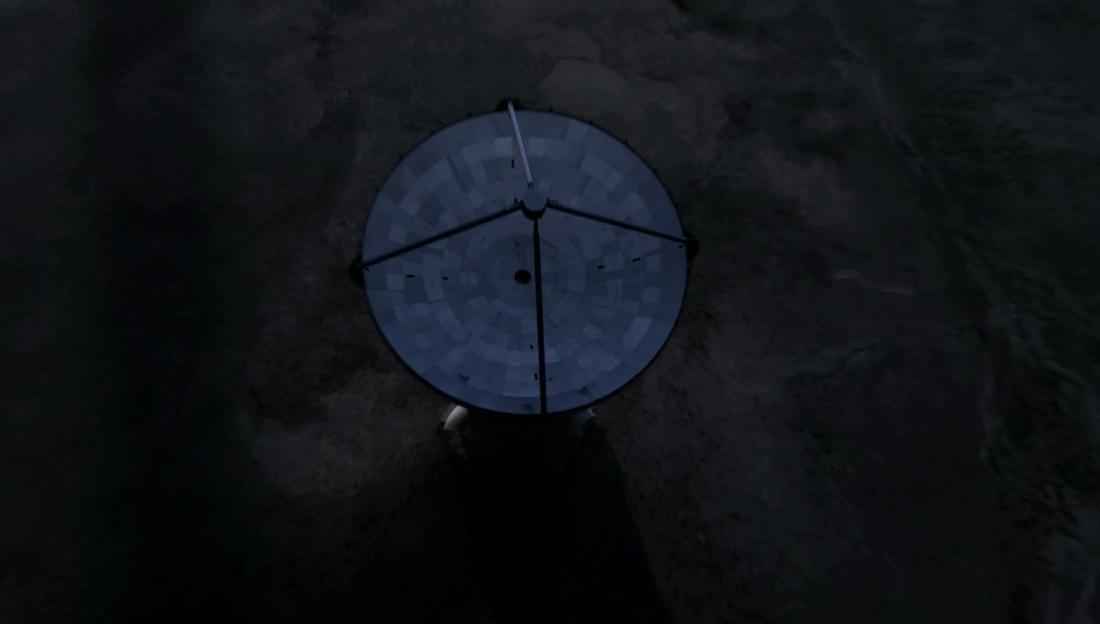
Your trip starts, quite naturally, down on Earth… well, not really down, since you’ll be at an altitude of 5,000 meters (that’s over 16,000 feet, for our American friends) in the Atacama Desert in Chile. Up on the Chajnantor plateau is the largest radiotelescope ever built: ALMA (Atacama Large Millimeter/submillimeter Array). Consisting of 66 giant dish antennas, this titanic observatory was built by an international team from Europe, the United States and Japan – with Thales Alenia Space chosen to build the 25 European dish antennas. ALMA was designed to meet a wide range of exciting objectives: to observe the so-called “cold” universe and molecular gases, to provide scientists and astronomers with images of stars and planets being formed, to detect nascent galaxies as they could have existed some ten billion years ago, and much more. Click here for more info
Anytime, anywhere connectivity
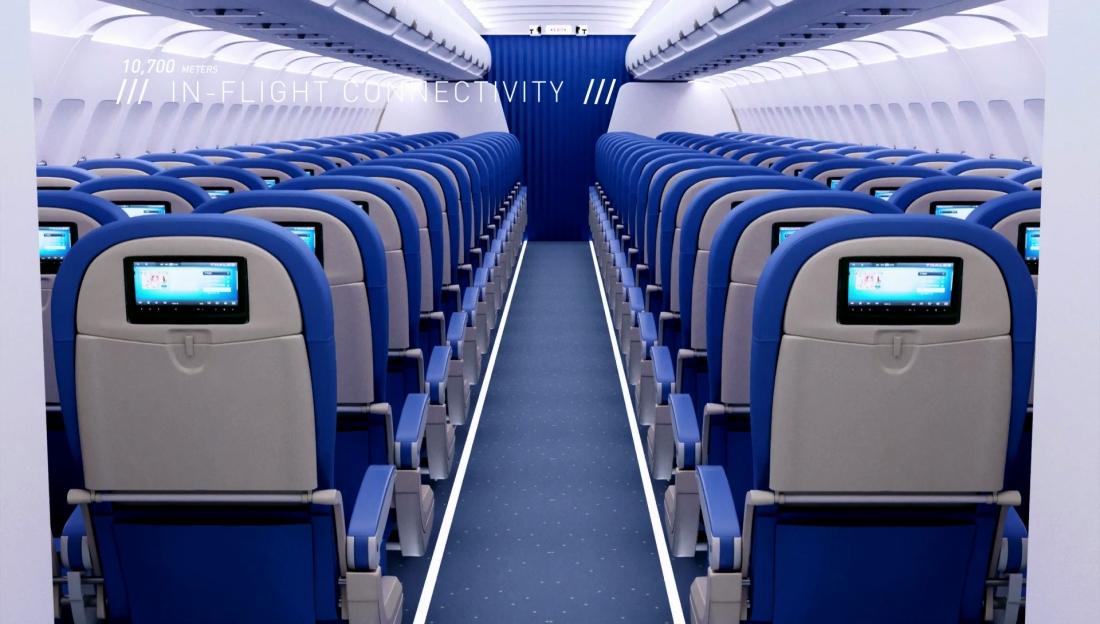
Is it a bird? A plane? A drone? No, it’s StratobusTM!
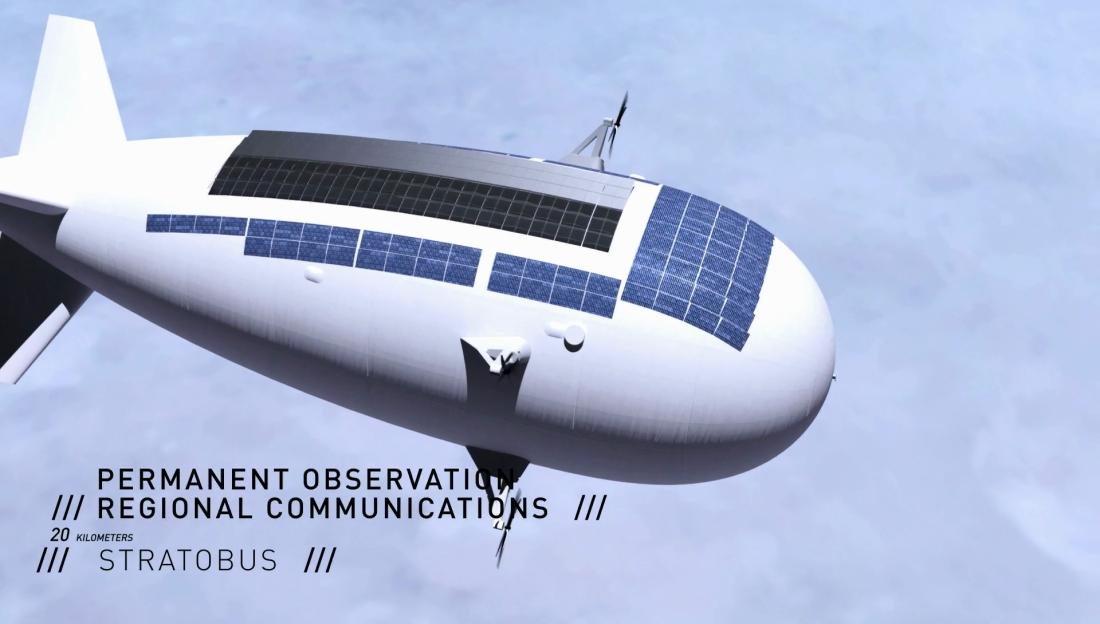
We’ve moved up to an altitude of 20,000 meters, or 20 kilometers (12-1/2 miles), well above air traffic and the jet stream. In a few years it will be StratobusTM an airship halfway between a drone and a satellite, which will be flying in the stratosphere. Stratobus is an excellent fit with satellite systems and, unlike these systems, does not require a launch vehicle. It will provide a perfect solution for both homeland and defense applications, for example by providing permanent surveillance of a given regional coverage zone. Click here for more info.
“Ground Control to Major Tom”
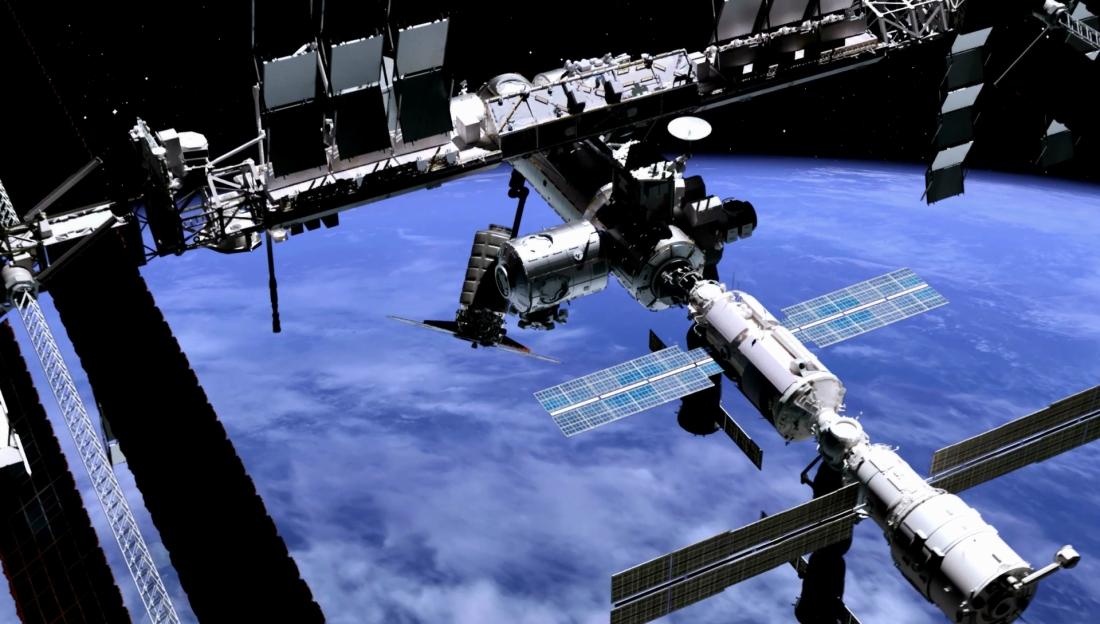
“Eye in the Sky”
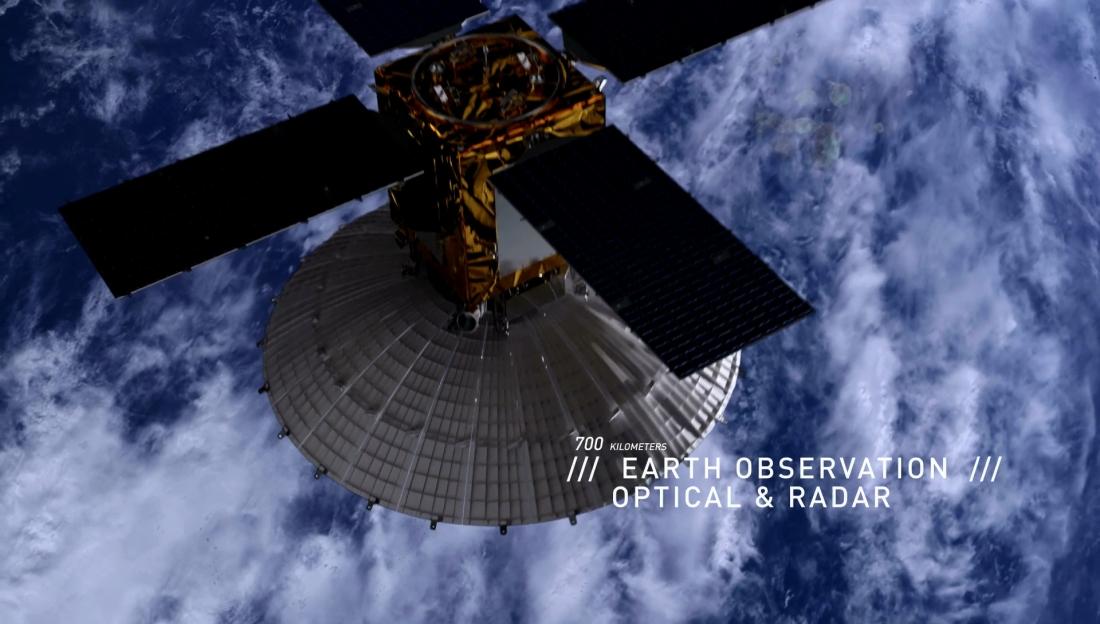
Connecting people
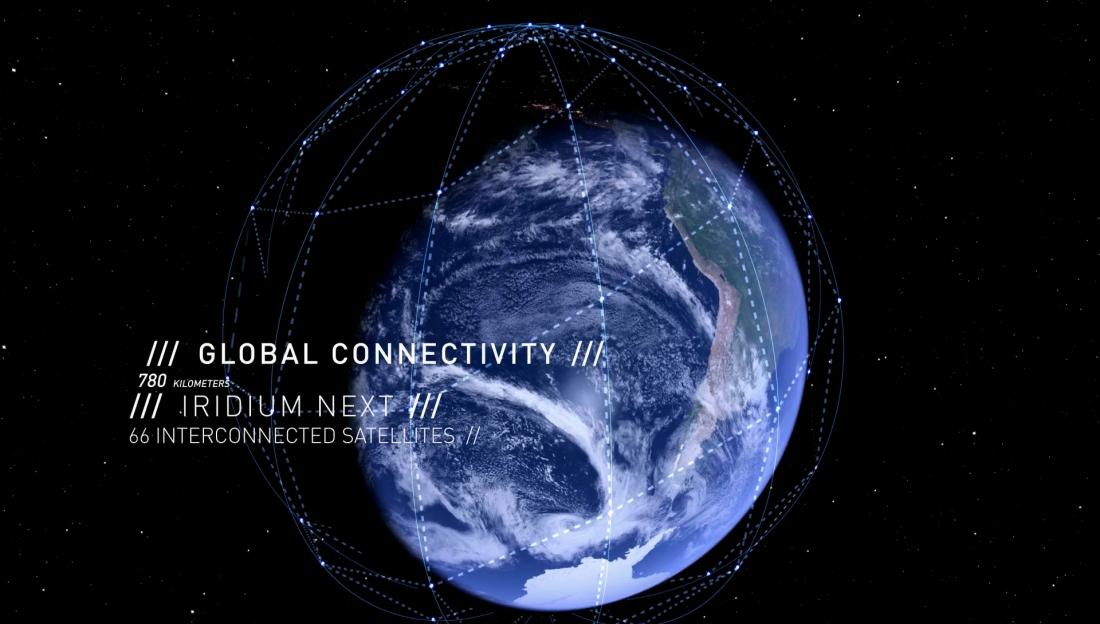
780 kilometers: The Iridium® NEXT constellation should be fully operational at this orbit in 2018. Built by Thales Alenia Space for Iridium, this second-generation constellation will count 66 operational satellites in orbit, nine in-orbit spares, and six more spares on the ground. Iridium® NEXT is one of the most complex and ambitious space programs ever developed. It is designed to connect thousands of users around the world, using an ingenious “mesh” arrangement that interconnects dozens of telecom satellites flying around our planet.
Reduce the digital divide
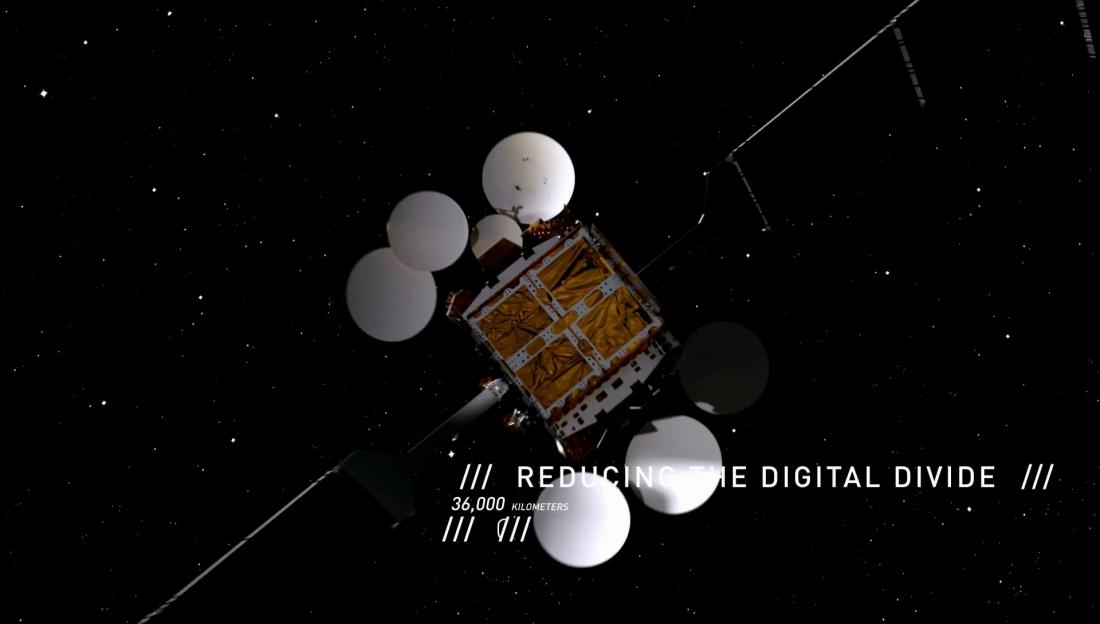
500 million kilometers: Mars and Beyond
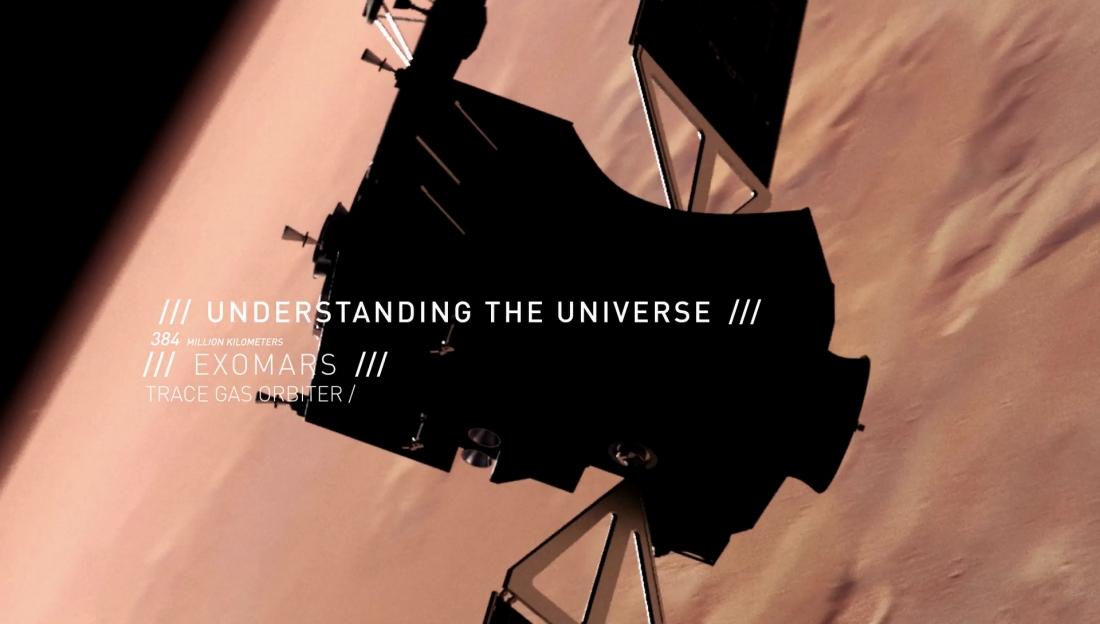
500 million kilometers (310 million miles), 7 months: that’s the distance covered by the ExoMars spacecraft, and the time it took to reach Martian orbit in October 2016. The orbiter’s role is to sniff out any traces of gases, especially methane, in the Martian atmosphere. A second ExoMars mission, in 2020, will carry a Russian landing platform and a European rover, which will set down on the Red Planet. The rover will take samples of Martian soil and analyze them using it’s own built-in lab. Data on these samples will then be sent back to Earth, using the orbiter as a communications relay, not just for ESA’s rover, but also for NASA’s vehicle. The ExoMars program is conducted jointly by ESA and Russian space agency Roscosmos, with Thales Alenia Space as prime contractor. It aims to determine if there are any traces of past life on Mars: an existential question that David Bowie probably asked himself in his song “Life on Mars”, from the 1971 album Hunky Dory.
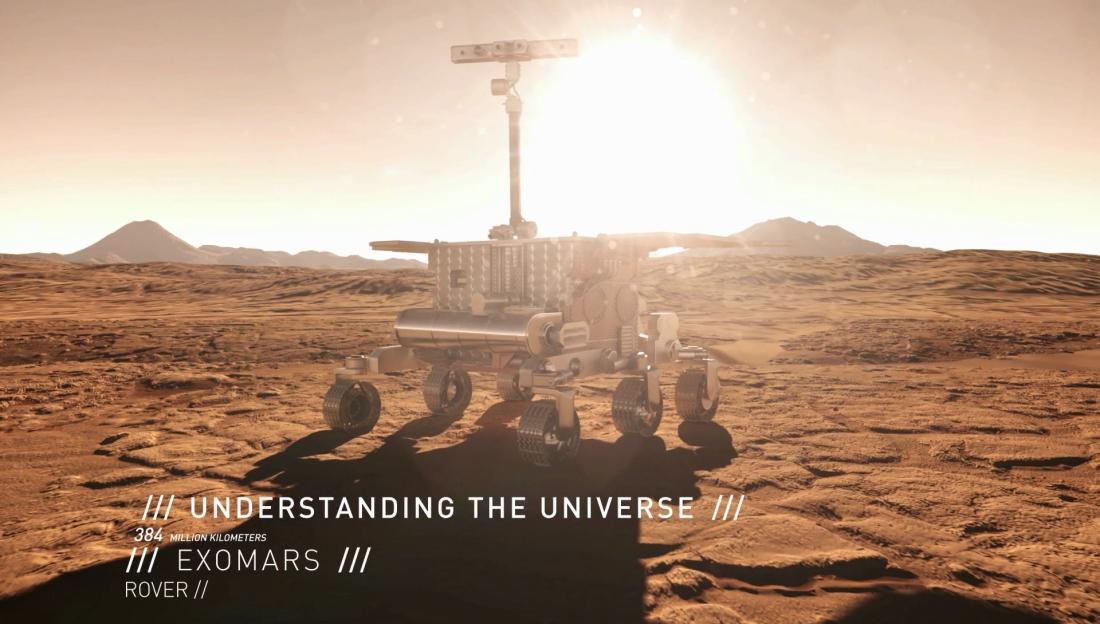
Venus, Mars, Mercury, Titan, asteroids and comets… Thales Alenia Space has always been a pivotal partner in Europe’s most exciting journeys into the Solar System.
On Earth, in airplanes, in the stratosphere, inside the International Space Station, in orbit, between our planets… Thales Alenia Space is firmly convinced that space, in all its myriad forms, expands our abilities to build a better, safer and more sustainable life here on Earth!
Video and artistic views: ©Thales Alenia Space/Master Image Programmes
